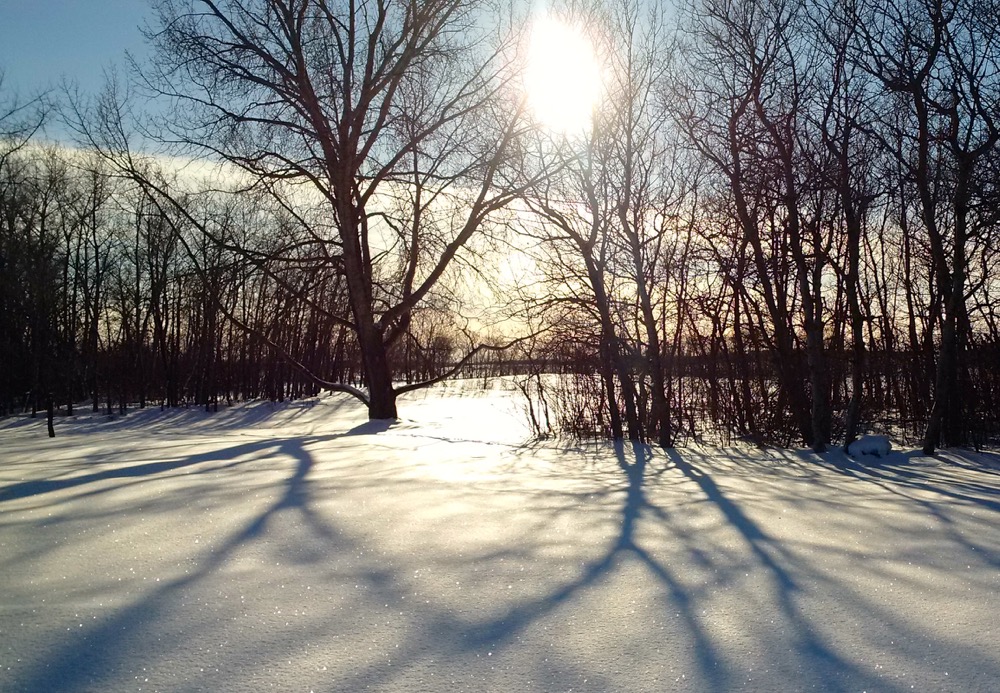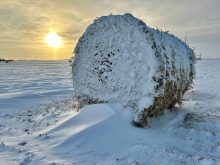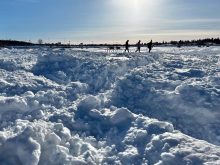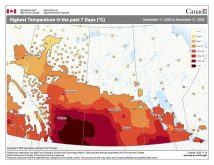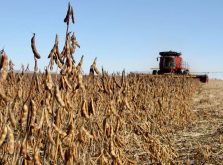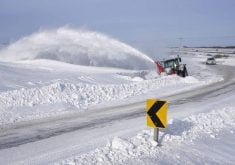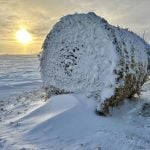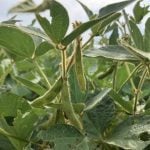It might be hard to believe, as I know I am struggling to believe it, but we are now at least three-fifths or about 60 per cent through the winter. Winter is defined typically as the three-month period running from December to the end of February. In our part of the world, winter is better defined as the five-month period running from the beginning of November to the end of March. We rarely see winter start earlier than November, but we can see winter hang on into the early part of April, so I think this five-month period pretty much covers it.
Read Also
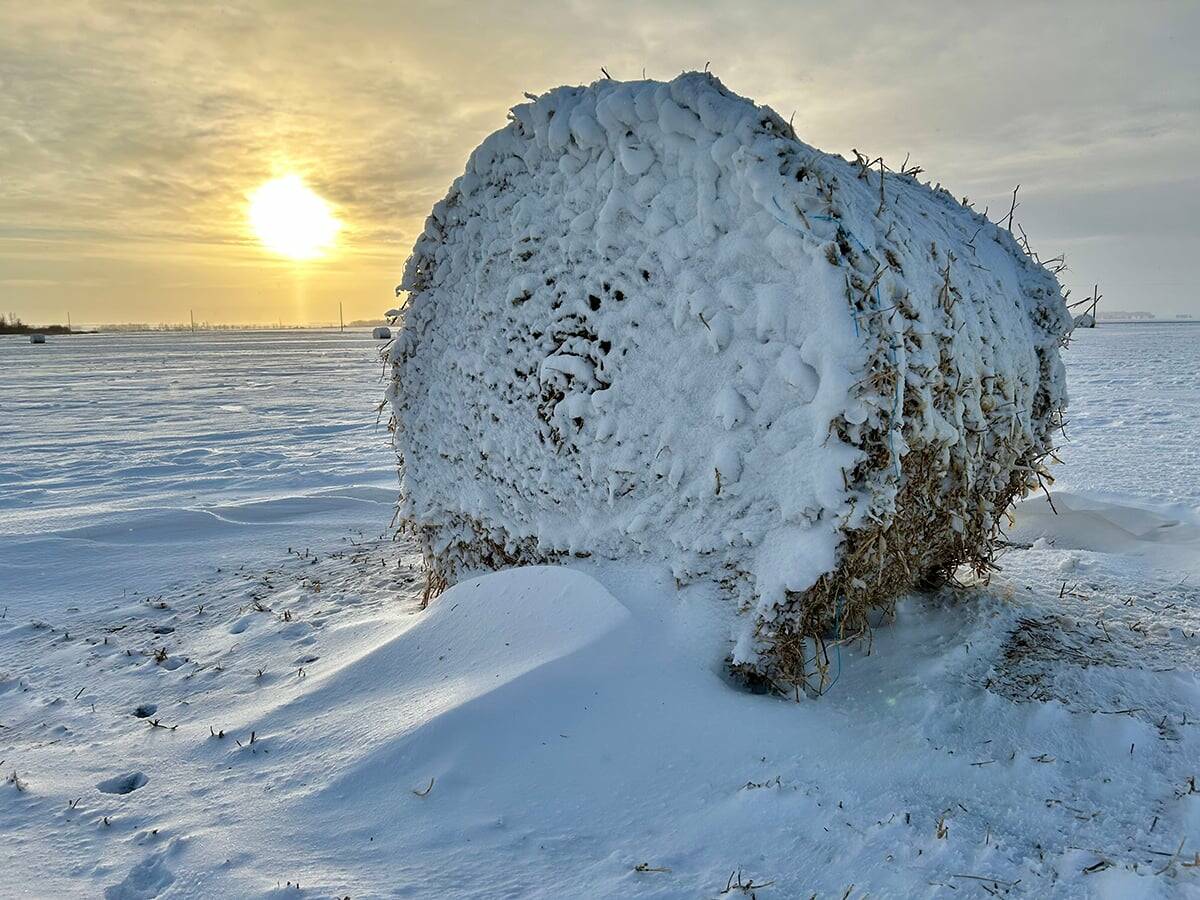
What is perfect Christmas weather?
What is ‘perfect’ Christmas weather on the Prairies? Here’s where you should head this holiday, according to historical weather data.
So far it hasn’t been that bad of a winter, but that all depends on what you consider to be good and bad winter weather. November, the first month of winter, wasn’t really winter at all. Temperatures during the month were over 8 C above average, with nearly every day during the month seeing daytime highs above zero. So, while it was a record warm month, which meant we could basically drop the length of our winter down to four months instead of five, the mild weather kept the ground from freezing. This prevented many of us from knocking off some routine late-fall projects that require driving and moving heavier items around as the ground was too soft.
When December arrived, the mild weather continued. By this point people started talking about seeing a repeat of last year’s mild winter. All that changed when a cold snap moved in, bringing some of the coldest weather we’ve seen in a couple of years — which isn’t saying much, considering how mild it was last winter. Along with the colder temperatures came snow, and lots of it, at least over southern and eastern regions. I was amazed at how quick the talk turned to how it was now going to be a cold and snowy winter. This talk kept going even though the last two weeks of the month ended up being fairly mild. All in all, when all the December numbers were added up, most regions ended up seeing near-average temperatures with near- to above-average amounts of precipitation.
With the start of the new year came another shot of cold weather, almost two weeks of it, with a few days seeing overnight lows drop into the -30s and daytime highs struggling to reach -20 C. Along with the cold came some more stormy weather thanks to a couple of Alberta clippers. By the middle of the month, the weather discussions about the winter ending up being cold and snowy once again gained momentum, then the heat moved back in.
It is funny to say “the heat moved in” when we are talking about winter, but in this case I think using that term is appropriate. Within five days of temperatures bottoming out in the -30 to -35 C range, daytime highs had rebounded to above 0 C values. We then went on to see a record-breaking January warm spell that pretty much lasted right through to the end of the month. When all the January numbers were added up, both the Winnipeg and Brandon regions ended up with a mean monthly temperature that was around 2 C above average. Farther north, the area around Dauphin was a little cooler, with a mean monthly temperature about 1° below average. After a bit of a snowy start to the month it looked like we just might see the snow really start to pile up, but with the warmer second half of the month came dry conditions. Overall, precipitation amounts at all three of the main reporting stations were below average.
Who called it?
To summarize January 2017, it was warmer and drier than average across the south and a little cooler than average with near-average amounts of precipitation over central regions. Looking back at the predictions for the month, both the Old Farmer’s Almanac and Canadian Farmers’ Almanac called for much colder-than- average temperatures along with near- to above-average amounts of snow. Environment Canada had called for near-to-slightly above-average temperatures along with average amounts of precipitation. Finally, my forecast. Actually, I didn’t create a forecast for January, at least officially, but I always jot down what I think will happen at the beginning of the month, and let’s just say I didn’t win the forecasting competition for January. I didn’t think the cold weather during the first half of the month would last, but I didn’t expect record-breaking temperatures during the second half of the month. I guess if we have to award the win it would go to Environment Canada.
Now, let’s look ahead to February. If we end up with another warmer-than-average month, we will have pretty much dodged the worst of winter; if not, then it could end up being a long month. According to Environment Canada, we should expect near-average temperatures along with near-average amounts of precipitation; I think we could handle that. Both the Old Farmer’s and Canadian Farmers’ almanacs call for bitterly cold weather along with above-average amounts of precipitation — not so good.
My February forecast leans toward above-average temperatures along with near- to above-average amounts of precipitation. The current medium-range weather models show more mild weather moving in by about a week into February and have that mild weather sticking around at least until the middle of the month. They also show several quick-moving storm systems coming in off of the Pacific, giving us several chances for snow. The one caveat I will make is that the models show the cold air lurking not too far to our northeast during the month, and it wouldn’t take much of a swing in the pattern to place us in the cold!


